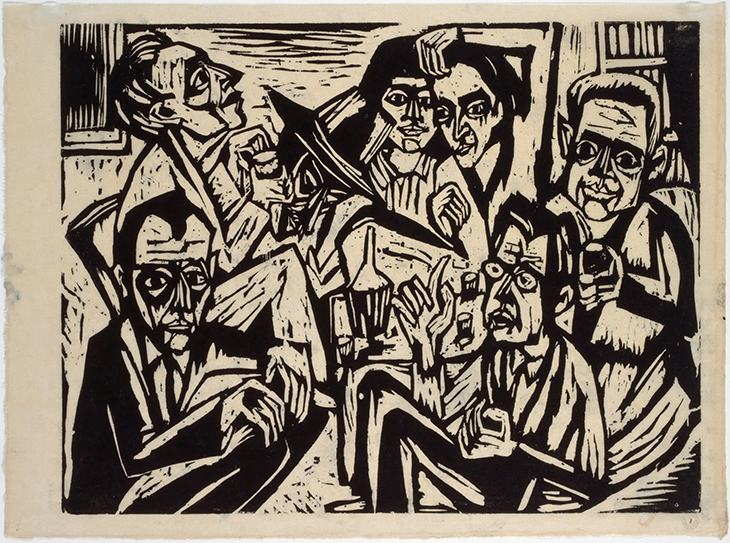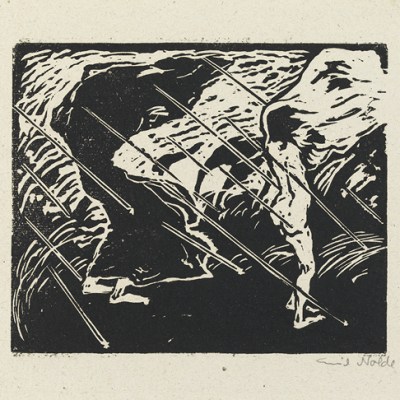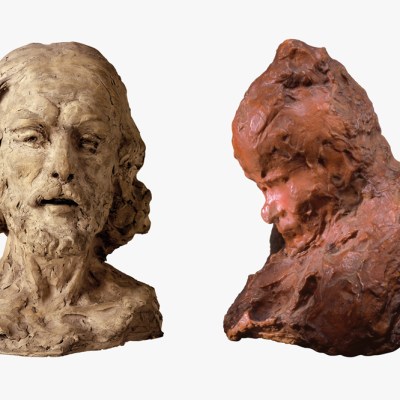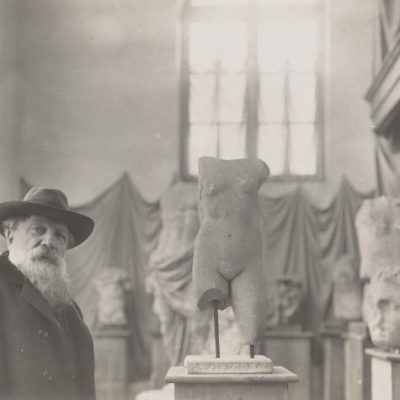The three years before Hermann Scherer’s death in 1927 were a hugely productive time for the artist; turning to wood for the first time, the Swiss artist produced more than 100 woodcuts and some 25 carved sculptures, in pursuit of a newly Expressionist style that took its cues from Ernst Ludwig Kirchner, as opposed to Scherer’s earlier influences such as Aristide Maillol and Auguste Rodin. This show at the Kunstmuseum Basel (15 January–18 April) presents 54 of his blocks alongside prints taken from them, demonstrating how the acts of gouging, notching, chipping and carving into wood enabled the Scherer to find a greater freedom and energy of expression in his final years. Find out more from the Kunstmuseum Basel’s website.
Preview below | View Apollo’s Art Diary here
The Sick One (1925), Hermann Scherer. Kunstmuseum Basel, Kupferstichkabinett. Photo: Martin P. Bühler
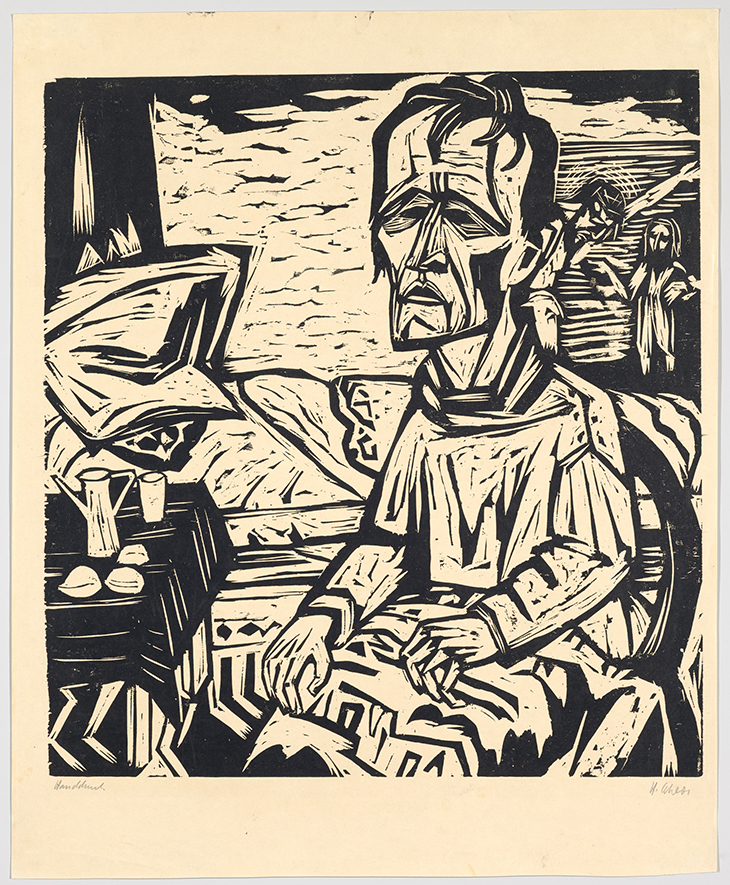
Woodblock for The Sick One (1925), Hermann Scherer. Kunstmuseum Basel, Kupferstichkabinett. Photo: Jonas Hänggi
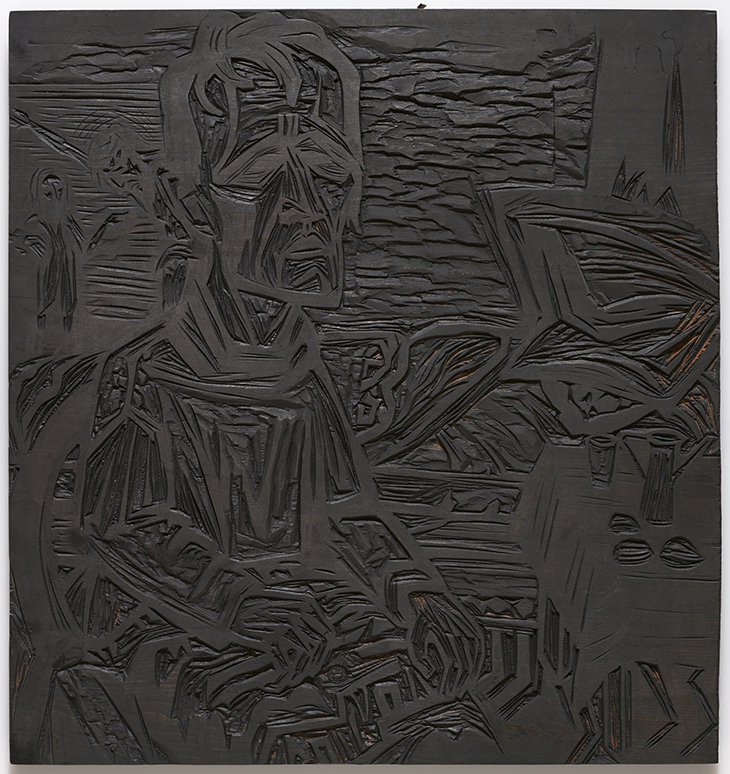
Maiden (1924), Hermann Scherer. Kunstmuseum Basel. Photo: Jonas Hänggi
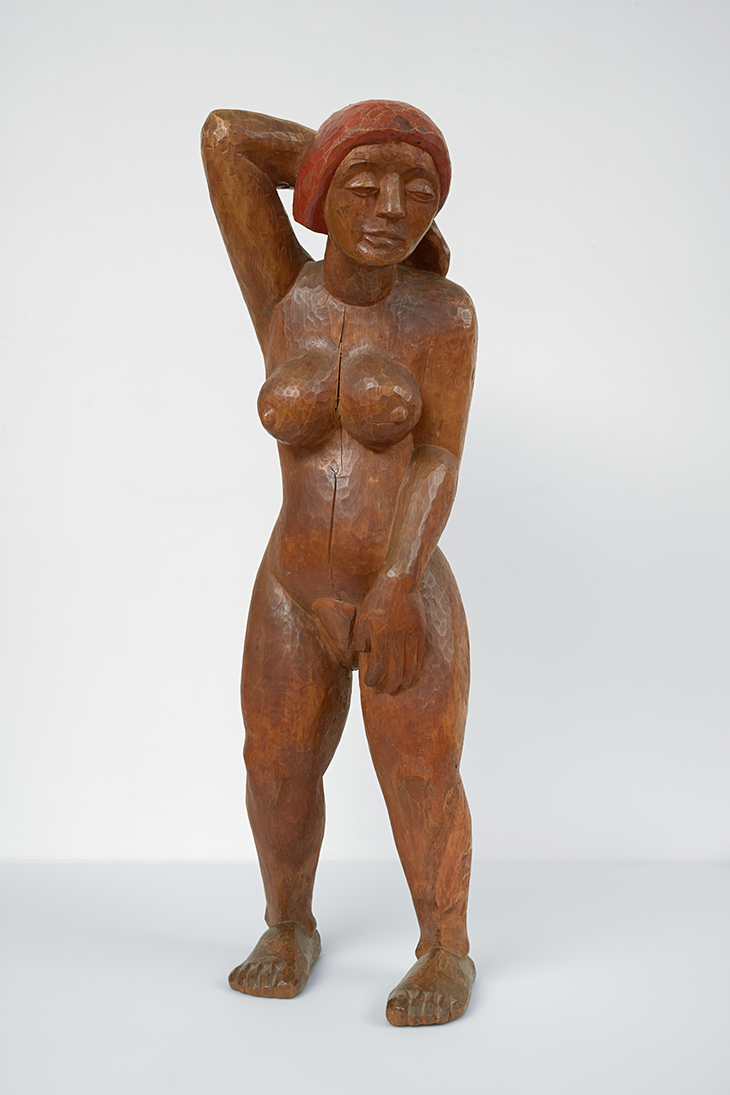
The Dream (sheet five of the portfolio Rodion Raskolnikov after Dostoevsky; 1924/25), Hermann Scherer. Photo: Martin P. Bühler

Studio Party (c. 1924/25), Hermann Scherer. Kunstmuseum Basel, Kupferstichkabinett. Photo: Martin P. Bühler
